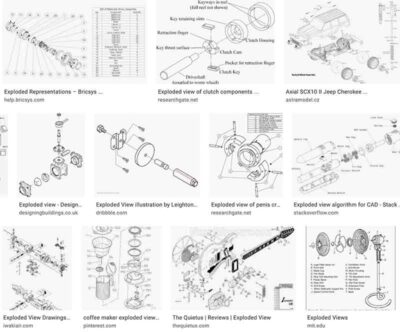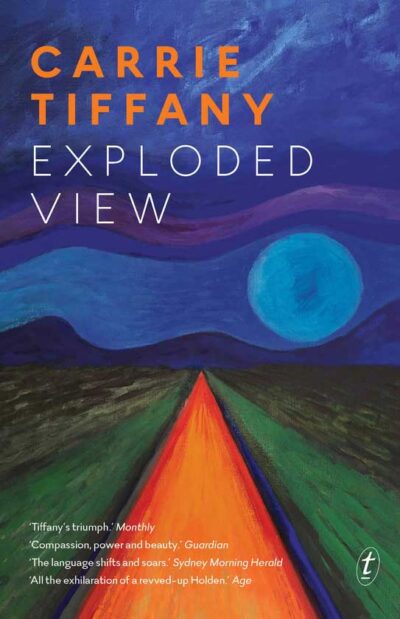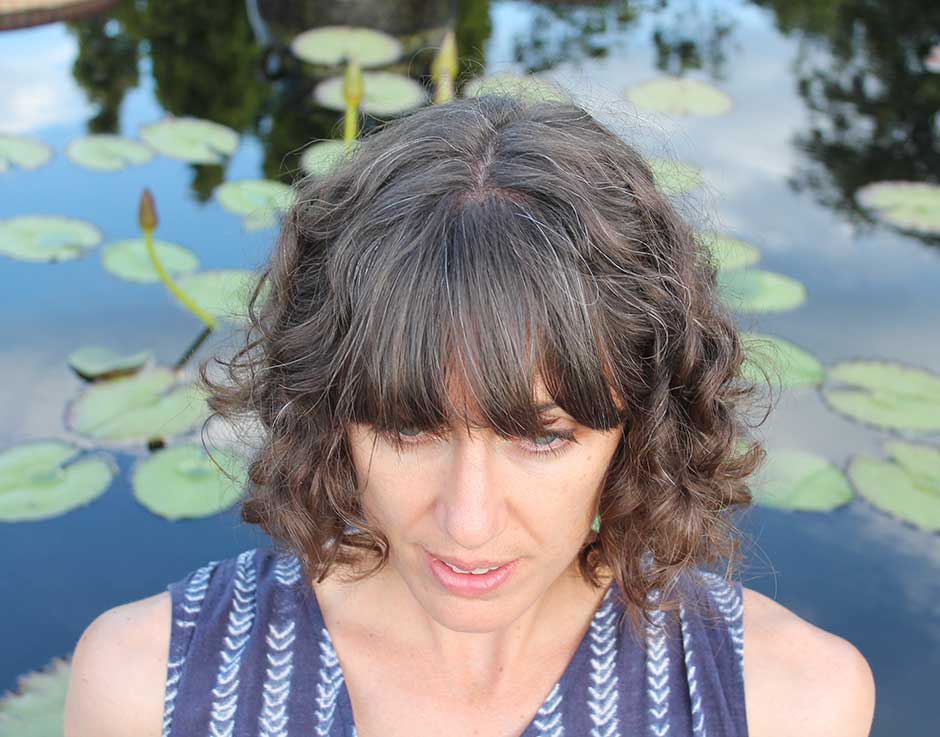Kelly Krumrie’s figuring
Review of Carrie Tiffany’s Exploded View
Figuring is a monthly column that puzzles over (to figure) and gives shape to (a figure) writing, art, and environments that integrate or concern mathematics and the sciences. This month’s column reviews Australian author Carrie Tiffany’s novel, Exploded View.
Kelly Krumrie’s figuring
Review of Carrie Tiffany’s Exploded View
Figuring is a monthly column that puzzles over (to figure) and gives shape to (a figure) writing, art, and environments that integrate or concern mathematics and the sciences.

Examples of exploded views.
This novel’s adolescent narrator’s stepfather is a mechanic, and she helps him. She lays cleaned parts out on a tarp to dry. She obsesses over car manuals, reading, daydreaming about photographs of components and the partial images of hands that hold them.
The narrator describes her neighborhood, her family. They go on a weeks-long road trip across Australia. The book is about cars, but it is mostly about looking and what you can’t see:
I look into the side mirror so I can see everything that’s happening behind. Here we are pulling away from the bowser, the road rushing away in retreat. Dead grass on the nature strip. A bus shrinking, fading, as it gears down to take the hill. Everything shuddering as the tyres burr and slap the road. Backwardness. More backwardness. Everything spooling out, collecting behind us. The reflected view is pitted along the bottom edge where the side mirror’s surface has worn away and the black paint shows through… The view inverts, retreats, rushes to be gone from.

Carrie Tiffany, Exploded View. Text Publishing, 2020. Paperback, 192 pp.
Carrie Tiffany’s sentences in the novel are unrelenting in their brevity. It’s teeming with fragments, and phrases come at a clip then tangle. And in the section that covers the so-long-it’s-timeless road trip, even while the narrator meticulously counts the days, the text dissolves into short, separated paragraphs: glimpses out the window, the sticky seat, stopping for the bathroom. There is no hint of anything unreal. The images and scenes are laid out clean.
But something unsaid is looming: the stepfather’s hold on the girl, what control she has and does not. She sneaks out to drive the cars; she steals parts. He comes into her room.
In the manual, you can choose to look at the parts, or the air between them. The air in between isn’t nothing; it isn’t blank. If you make yourself look for what’s not there the empty spaces become parts themselves.
She is concerned with parts and wholes—herself in: her body, her family, her school, her town, the long flat drive across a wide country—herself inside an exploded view.
A girl that is young has just the one edge, just the one long outside line between herself and the world. When she starts to wear a bra and the breasts and the black hair must be hidden, the life of parts begins.
This attention to parts and wholes, the manual, is knotted with the machinery of an adolescent body and a family trauma. “Exploded view” sounds like a mess: something has exploded, bits of unrecognizable things, burnt, much feeling; or shattered vision, light in your eyes. But this exploded view is careful, a searching for edges and components that line up.
I love this novel for its spareness; the writing is precise, and its precision is devastating. Because all the while we’re with a child. She shouldn’t think this way. A messy adolescent point of view, a girl just trying to keep her shit together. She has a crush on the boy at the petrol station; she touches herself; she spies on her neighbor; she watches television. It’s devastating because it’s simple. She asks questions about what she can see:
I wind my window down, let the warm insect air hit my face. The view behind us is long now, so long it loops back on itself like the toffee they stretch in the caravans at the royal show. The weight of it? If there is so much view behind us will it be heavy? Will it drag us back?
I’m gutted by the narrator’s extreme restraint, how she takes things apart, seeking to find what goes where, if adolescence were a manual. Her world through these sentences, and our knowledge of it, is like the negative space behind a diagram. This discloses more than if she cried. It’s an exquisite take, and, in recent fiction, one I haven’t seen yet.

About the Author
Kelly Krumrie‘s prose, poetry, and reviews are forthcoming from or appear in Entropy, La Vague, Black Warrior Review, Full Stop, and elsewhere. She is a PhD candidate in Creative Writing at the University of Denver where she serves as the prose editor for Denver Quarterly.